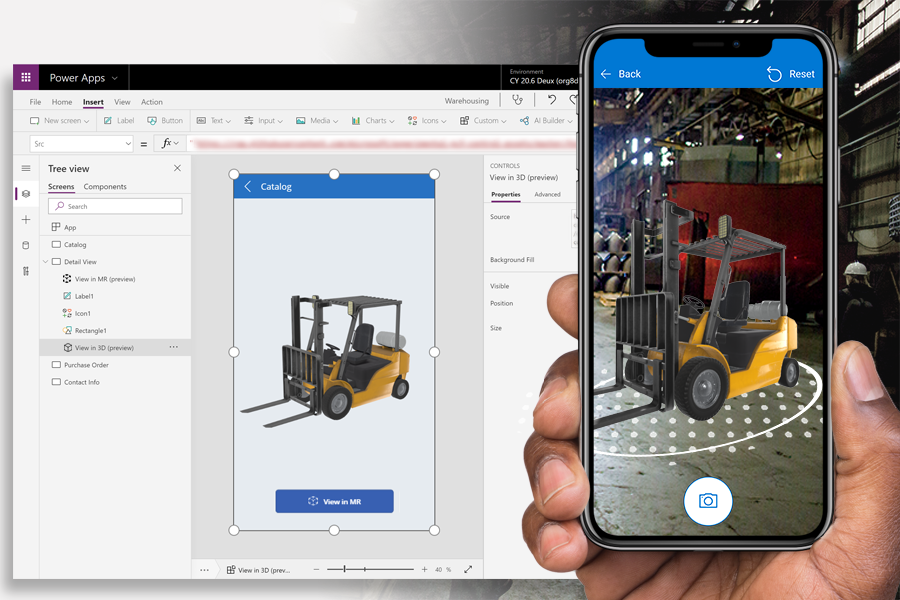Low-Code Technology is on the rise, here’s why.
According to a recent Gartner report, 70% of new applications developed by organizations will use low-code or no-code technologies by 2025, up from less than 25% in 2020. The use of low-code or no-code technologies presents a world of opportunities for users who do not have advanced coding knowledge and can help to bridge the gap between skillsets and accelerating digital initiatives.
Let’s explore in more detail what low-code means and how it can be beneficial to your business.
What is Low-Code?

Low-code is a software development approach that helps users to collaborate and deliver digital transformative solutions faster by minimizing the amount of coding. Microsoft Power Apps is a low-code platform that provides a suite of apps, services, and connectors, as well as a data platform, that provides a rapid development environment to build custom apps for your business needs. Check out some of the core benefits of Power Apps from Microsoft, below.
Benefits of Microsoft Power Apps

- Easy to code: If you know how to code or can quickly learn programming languages, it might be easy, but it still could take days or weeks depending on how complex your app is. The same is true for hiring someone else to write the code. Using a low-code platform like Power Apps doesn’t require any coding knowledge or experience.
- Customizable: If you have a highly complex app for a specialized business, doing it yourself or hiring a pro are great options for building out all your specific wants and needs. Low-code app development software often includes built-in features and data management that can handle most customization needs. You could also get the app as far as you can with an app development software, then hire technical help for further customization.
- Fast: Developing an app is no quick feat, unless you already know what you’re doing. Working with outside help could be fast if everything goes smoothly, but often takes longer than expected due to onboarding, availability, and feedback rounds. The beauty of using app software is that it automates many of the development processes, from coding to connectivity, cutting work that might take days/weeks/months into significantly shorter turnarounds.
- Scalable: Most apps are scalable, meaning they can be redesigned to add functionality or serve a different audience—but it’s much easier with app development software. The software’s reusable code can quickly be modified to change the scope of the product without requiring extra resources.
- Connected: Many apps rely on specific connectors to pull data into apps. App development software often has these connectors built in, making it easy to access data from popular services and other data sources you already use. Setting up these connectors may be challenging if you’re coding the app yourself or working with a company who doesn’t have easy access to connectors.
- AI enabled: Some app development software has advanced functionality that uses pre-built AI components to easily automate manual processes. This is helpful when you’re building a productivity app because AI tools can speed up repetitive tasks like extracting text and visual information from images and documents. AI capabilities aren’t always available when coding your own app or working with a supplier.
- Affordable: If you already know how to code, developing it yourself is the most affordable option to build an app, since the labor is free. Using low-code app development software is often the next cheapest option—you’ll be doing most of the work yourself, but you’ll likely be charged subscription fees for the software.
Choosing a trusted Microsoft Partner
As a Microsoft Gold Partner, ActionPoint has vast experience in helping organizations integrate with Microsoft’s suite of applications. Not only will we help you integrate with Microsoft Power Platform, but we can also provide training to allow your team to take full advantage of this powerful suite.
Learn more about our Power Platform offering here or speak with a member of our team about integrating with Microsoft Power Platform here.




